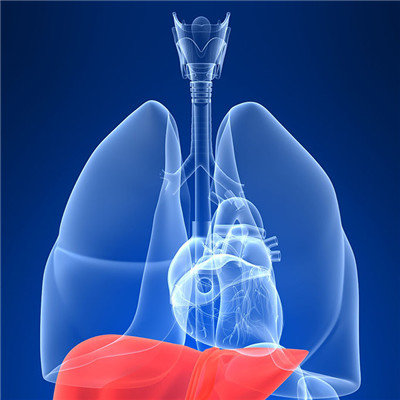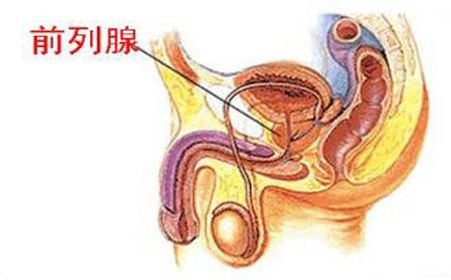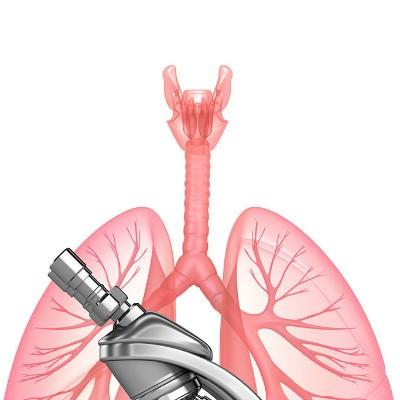Is diabetic eyeground haemorrhage laser treatment good
summary
Patients with diabetes know that diabetes has many complications, and fundus hemorrhage is one of them. Now I'll share with you the laser treatment of diabetic fundus hemorrhage.
Is diabetic eyeground haemorrhage laser treatment good
First, diabetes damages retinal microvessels, leading to retinal capillary endothelial cell damage and leakage, manifested as retinal edema, punctate hemorrhage, exudation, cystoid macular edema; With the aggravation of the disease, vitreous hemorrhage, proliferation and traction of retinal detachment occur. In terms of treatment, blood glucose, blood pressure and blood lipid should be actively controlled; According to retinal angiography, if retinal ischemia reaches a certain degree, retinal photocoagulation is needed.

Second, for patients with proliferative or severe non proliferative diabetic retinopathy, panretinal photocoagulation (PRP) should be performed for the treatment of retinal or iris neovascularization. It is not enough for the local photocoagulation of neovascularization itself, because the recurrence rate of such treatment is very high, and there is no way to treat the bulge. This method is to spread the photocoagulation outside the superior and inferior vascular arch, 1-2 optic disc diameters on the nasal side, and 2 optic disc diameters on the temporal side of the fovea. The size of the light spot is 500 μ m, and the distance between the light spots is 1-2.

Third, diabetic retinopathy patients with diabetic macular edema should be treated with macular local photocoagulation and lattice photocoagulation, which can reconstruct the function of blood retinal barrier to reduce edema and exudation. The diameter of the light spot used is 50-100 μ m, but about 300 μ m should be avoided The areas of photocoagulation included the area of local or diffuse leakage under FFA, the area of capillaries without perfusion related to retinal thickening and the area of retinal thickening seen in clinical examination.

matters needing attention
Diabetic patients with fundus hemorrhage in the diet of sodium salt is not too much, high sodium is easy to induce hypertension and arteriosclerosis. The deficiency of zinc supply can reduce the secretion of islet hormone. The best sources of zinc in the diet are meat, seafood and poultry.











